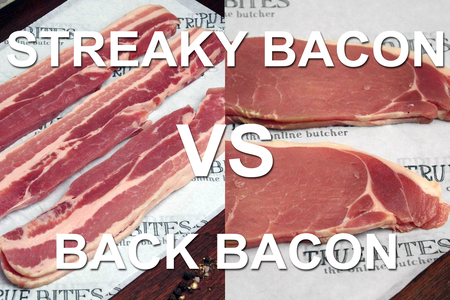Roger Burton
Senior Member
- Joined
- 12 Dec 2019
- Local time
- 10:15 PM
- Messages
- 203
- Location
- Bexhill-On-Sea
- Website
- www.rogerburton.co.uk
Hi chaps, I’m in the UK so there may be different names for these cuts in your country. I understand some of the terminology but am still a little confused, for instance a local butcher often has ‘pork knuckles‘ cheap, I’ll buy one soak it and boil it and end up with some pleasant tender meat ... but then there are some other offerings ‘ham’ sometimes ‘bacon’ sometimes ‘gammon’ then ‘streaky’ sometimes ‘smoked’ or there are ‘hocks’ ... not forgetting ‘trotters’ (I think these are feet). So is ‘ham’ the only one that’s cooked or what’s the difference between a bacon and gammon joint or pork hock .... confused, sorry.


